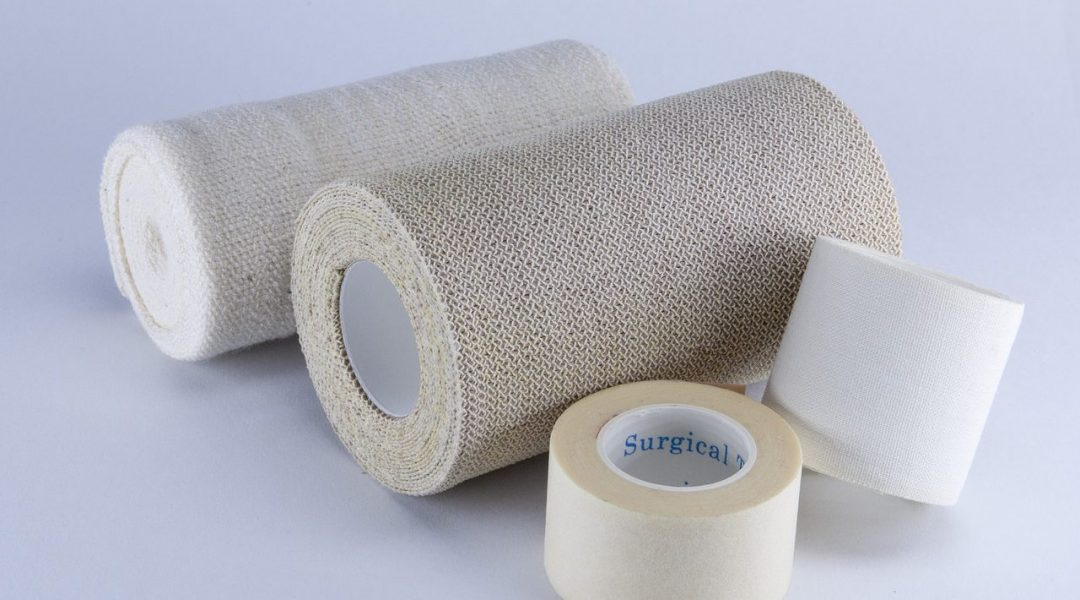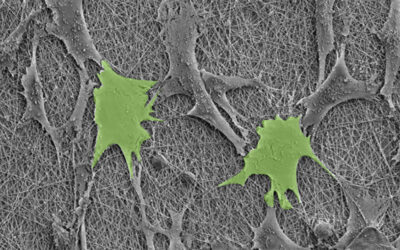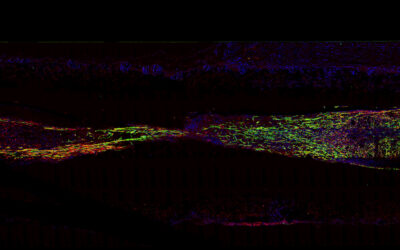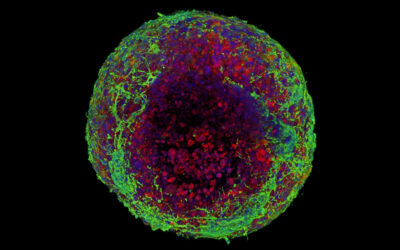When a wound heals, scar tissue forms and helps repair the damage through the deposition of collagen and infiltration of new skin cells. However, the balance of collagen production and degradation can be disturbed, leading to an overproduction of collagen and growth of excessive scar tissue known as hypertrophic scars (HS). These scars can be itchy or painful, and in some cases may persist for months or years.
Biomaterials such as hydrogels can be used as wound dressings or drug carriers, but preventing HS formation has been limited by a relative lack of appropriate carriers for scar-inhibiting compounds.
In their recent study published in Advanced Healthcare Materials, Bo Chi and co-workers from Nanjing Tech University developed an electrospun, photocrosslinkable hydrogel loaded with ginsenoside Rg3 (GS-Rg3) that both promotes wound healing and inhibits collagen production following injury, thereby stopping HS formation.
The GS-Rg3-bearing scaffolds were synthesized to simulate a healthy extracellular matrix for new skin fibroblasts to enter. Once there, the fibroblasts would proliferate and produce a healthy scar. When hypertrophic scars form, however, the fibroblasts produce too much collagen and cause the scar to rise above the surrounding skin. In mouse models of wound healing and scar formation, the GS-Rg3 scaffolds were found to significantly reduce the amount of collagen found within the scar itself, as well as to reduce the height of the scar. After 16 days post-injury, GS-Rg3-treated scars were barely visible, highlighting how biomaterial scaffolds can be used to carefully control the healing process and reduce unsightly scars after injury.

















